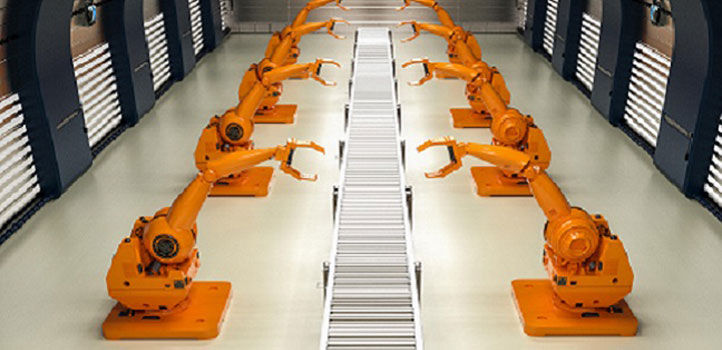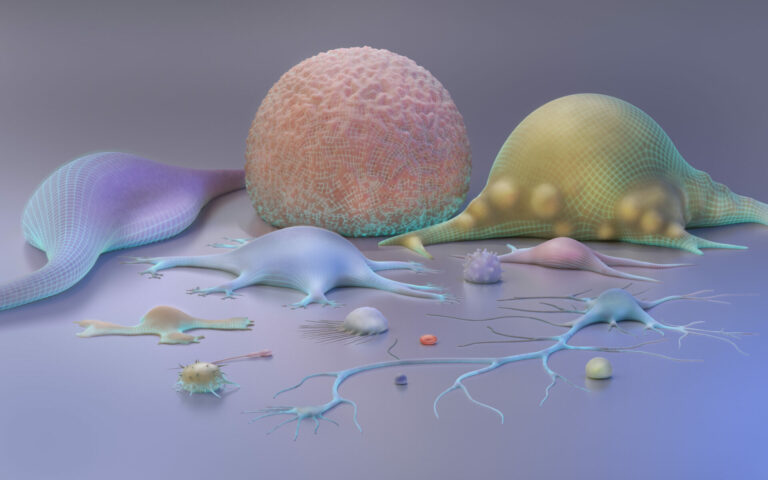Statistics
One bad apple can spoil a robot swarm
Coordinated robot swarms can achieve amazing feats, but even a single faulty unit can have serious consequences.

Armies of robots already run the world’s largest distribution warehouses. Thousands of robots work in concert to stock, pick, pack and deliver products with unprecedented efficiency and speed. These robot ‘swarms’ have incredible potential, but even a single malfunctioning unit can rapidly erode overall performance or lead to unexpected outcomes. KAUST researchers Ying Sun and Fouzi Harrou have helped develop the fastest and most accurate fault-detection system to date to keep robot swarms operating at peak performance.
“The philosophy behind swarm robotics is inspired by animal societies, such as ants and bees,” says Harrou. “Groups of robots can cooperate to perform complex tasks that would be impossible with a single robot, which is very useful in many applications, such as cooperative search and exploration, managing warehouses, delivering products, seeding and harvesting.”
The software used to control the coordinated activity of robot swarms tries to account for the reality that assigned tasks are generally not always going to be executed at the desired performance level due to failures by one or more robots in the swarm. Failures are inevitable when dealing with hundreds or thousands of robots due to external interferences, unexpected collisions between robots, component faults, software bugs and even broken communication links.
It is crucial to be able to detect and identify possible faults or failures in the monitored robotic swarm system as early as possible to maximize operating efficiency and avoid expensive maintenance,” says Sun. The researchers’ fault-detection method starts by deriving performance metrics from relative-position data collected under normal operating conditions and then applies two standard ‘control chart’ methods as commonly used in industrial processes to rapidly test for any deviation from those metrics over time.
“We tested our improved data-based fault-detection strategy by applying it to a simulated swarm of foot-bot robots,” says Harrou. “For all the fault types tested—abrupt faults, drift faults, random walks and complete stop faults—our method resulted in a significant improvement in fault detection compared with existing approaches.”
The key advantages of this approach over other swarm-monitoring techniques is that it does not require a mathematical model of the system, which can be difficult to derive, not does it depend on data transmitted by individual robots, which can be sporadic particularly under a fault scenario. “In future work, we plan to test our method using experimental robot swarm data and apply it to monitoring swarms of flying robots,” says Sun.
References
- Khaldi, B., Harrou, F., Cherif, F., & Sun, Y. Monitoring a robot swarm using a data-driven fault detection approach. Robotics and Autonomous Systems 99, 092506 (2017).| article
You might also like

Statistics
Joining the dots for better health surveillance

Statistics
Easing the generation and storage of climate data

Statistics
A high-resolution boost for global climate modeling

Applied Mathematics and Computational Sciences
Finer forecasting to improve public health planning

Bioengineering
Shuffling the deck for privacy

Bioengineering
AI for cells helps illuminate their identity

Applied Mathematics and Computational Sciences
Global look at sex differences in young people's mortality

Applied Mathematics and Computational Sciences




